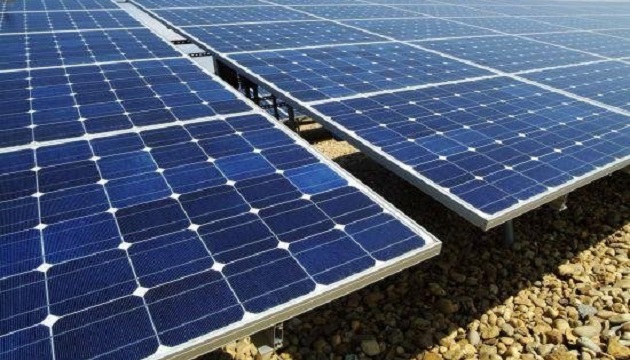We have witnessed an enormous potential of solar energy in this era. The solar industry, with a promise, has unprecedented opportunity to bridge the massive energy demands of today with the best possible ways. One of these ways is the execution of the best solar panels. In this piece, we will talk about the Polycrystalline Solar Panels. Have a look:
What are Polycrystalline Solar Panels?
Polycystalline solar panels, also known as multicrystalline solar panels, consist of several crystals of silicon in a single PV cell. A high number of silicon fragments are melted together to form the wafers of polycrystalline solar panels. For polyrystalline solar panels, the vat of molten silicon is used to produce the cells, and is allowed to cool on the panel itself.
With a surface resembling with mosaic, the polycrystalline solar panels are square in shape. Due to the implantation of several silicon crystals on them, they have a shining blue hue. These solar panels have silicon crystals in each cell, allowing electron movement inside the cells. These panels are capable of absorbing the energy from sun and converting it into electricity.
Working of Polycrystalline Solar Panels
Multiple photovoltaic cells are joined together to make these solar panels. Each cell consisting of various silicon crystals makes them function as a semiconductor device. Due to the fall of photons from the sunlight, on the PN junction (junction between N-type and P-type materials), the energy is imparted to the electrons so that they can flow as electric current.
In this case, there is a deficiency of electrons in the P-type materials, while the N-type materials have a great abundance of electrons. Two electrodes are connected with the PV cells. The electrode that is on the top surface contains small wires while the electrode on the bottom is a foil-like conductor.
Key Features of Polycrystalline Solar Panels
- Eco-Friendly: These solar panels are more eco-friendly than the monocrystalline solar panels.
- Produces Less Waste: These panels do not require individual shaping and placement of each crystal, so less waste is produced.
- Low-Efficient: These have lower heat tolerance than monocrystalline panels. So, at higher temperatures, the solar panels have lower efficiency than others.
- High-Density: These panels have a high power density.
- Cost-efficient: These solar panels come with a structural frame of their own which makes mounting cheaper and simpler.
- Temperature Friendly: The acceptable maximum temperature of polycrystalline solar panels is 85 °C while the acceptable minimum temperature is -40 °C.
Polycrystalline Solar Panels’ Applications
- Farms: Highly used in large farms to harness the energy of sun and supply of electricity to nearby places.
- Roof-mounted arrays: Suitable for roof-mounted arrays.
- Self-Powered Devices: Used in standalone or self-powered devices like off-grid households, traffic lights in remote areas.








